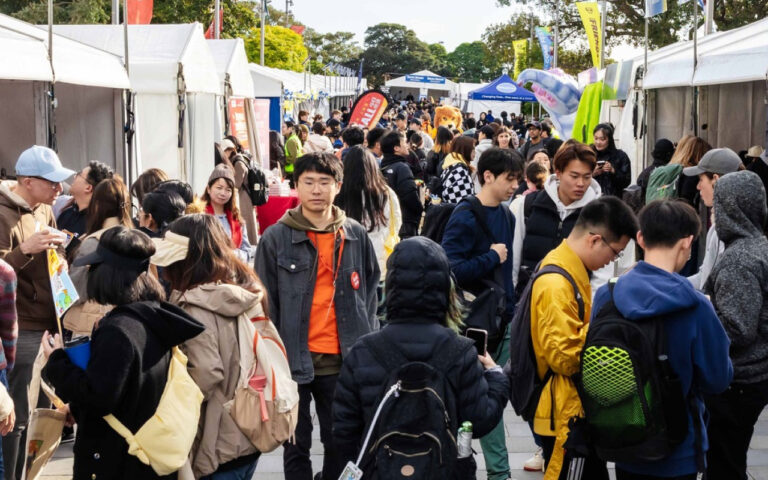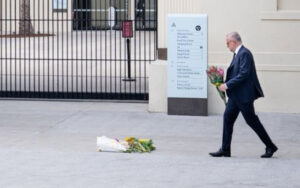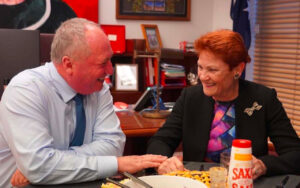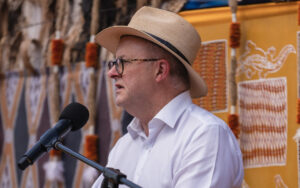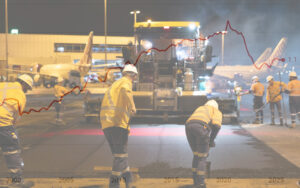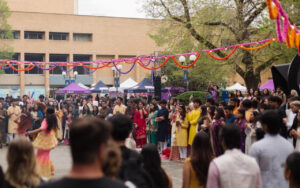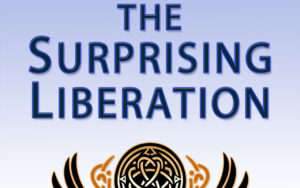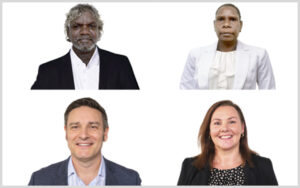The Albanese government has announced an international student cap of 295,000 new places for 2026, an increase of almost 10% despite Australia’s ongoing housing and rental crisis.
Education portfolio ministers said on Monday their National Planning Level for next year added an extra 25,000 places compared to 2025, but claimed reforms had put the numbers on a “more sustainable path” and the 2026 level would be 8% below the “immediate post-Covid peak”.
But the cap does not include foreign students who are “transitioning to publicly funded universities from secondary school studies in Australia and from affiliated pathways providers or TAFE institutes”, the ministers said.
From 2026 public universities will also be able to increase their allocations by showing increased engagement with Southeast Asia, and by providing student accommodation.
Assistant Minister for International Education Julian Hill described the industry as a “$50 billion export sector”, a claim disputed by experts, and said it was the “biggest export we don’t dig or drill out of the ground”.
“This Government remains committed to sensibly managing the size and shape of the on-shore student market and supporting sustainable growth, especially to welcome more students from Southeast Asia and where accompanied by new housing,” he said.
“We want students to see Australia as a premium destination where they can access high quality education and a great student experience.”
Minister for Home Affairs Tony Burke said: “The Albanese Government is supporting a strong international education sector, while maintaining the integrity of the migration system.
“We are making sure student visa processing supports genuine education outcomes and our strategic priorities – including increasing provision of student accommodation.
“This is about backing providers who do the right things and giving them the certainty they need to grow sustainably.”
The Group of Eight lobby group, which opposed the introduction of a cap when it was first proposed and regularly advocates for higher student numbers, welcomed the move in a statement on Monday.
The increase in student numbers comes despite the Treasury department warning last month that it would be unable to meet its target of new homes, a prediction echoed by Deloitte Access Economics and Housing Industry Association research.
According to official data released last week, there were 371,564 student visas granted in the 2024-25 financial year, including 48,791 given to the partners, spouses and children of primary recipients.
That was a slight decrease on the 376,731 granted the previous year, but was outweighed by increases in the number of temporary skilled visas, working holiday visas, and temporary graduate visas issued.
The total number of temporary visas in those categories was 949,599 for 2024-25, up from 823,288 the previous year, down from 1,083,308 in 2022-23, but far higher than the 760,747 granted pre-Covid which included 405,742 student visas.
Header image: Students at the University of Sydney (USU).
